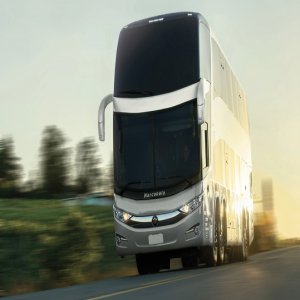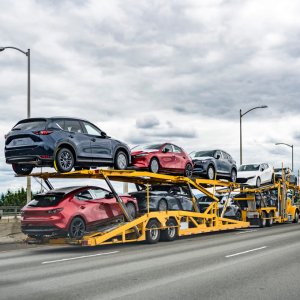Reliable Products and Distribution Secret

STORY INLINE POST
Q: Given the specificity of the robotics products you provide, how important is the automotive industry for ABB?
A: In 1974, ABB introduced the first industrial robot with a microprocessor. That robot, which we refer to as the IRB 6, and the robots that followed, were the result of companies’ growing demand for increased productivity and efficiency, both in the mature and developing automotive market. In light of this, the industry has been extremely important to us, and continues to be to this day. Our customers in the automotive industry include OEMs, Tier 1, and Tier 2 suppliers. We do not currently serve Tier 3 suppliers because this level of the production chain is complicated for the Mexican market, given the fact that our robot refurbishment product line is still relatively unknown in Mexico. The program is based on repurchasing ABB robots from OEMs, refurbishing them, and then selling them on to smaller companies. This gives SMEs the perfect opportunity to become Tier 3 suppliers for other companies, with equipment that is 100% guaranteed by ABB.
Q: What advantages do ABB’s products offer compared to other automation companies?
A: ABB can offer a broader range of products for the automotive industry, and we consider ourselves a onestop-shop, meaning that customers can purchase an entire solution from us. Generally speaking, ABB’s core competencies are power and productivity, but our two main focuses are automation and energy. A booming sector like the automotive industry will require a deeper approach to energy efficiency. Fortunately, this element has been strategically embedded in all of ABB’s products since the early days of their development. Furthermore, the drives we supply to our customers are considered crucial products in terms of energy efficiency. If we compare the energy input to the production output, the cost efficiency of our products is much higher in the long run. I personally see the future of the automotive industry moving toward cost analyses like this. With the high production volumes of the automotive industry, these types of advantages will be very important for OEMs when investing in robots and other equipment.
Q: What are the major challenges of serving such qualitydriven manufacturers in the industry?
A: Businesses today are more complex than ever before, so we have to understand their needs like never before. It is vital to be familiar with customer habits, problems, and patterns so that we can surprise them with products and solutions that they may not have known were possible. Four years ago, ABB Robotics began a journey which has allowed us to engage with our customers in new ways, placing a greater focus on customer service and overall customer satisfaction. Our application centers were established to address specific customer needs, ranging from technology development and greater responsiveness, to the creation of commercial solutions. Located in various points around the globe, these centers are building competencies in packaging, press automation, welding and cutting, as well as new and base applications. The centers have allowed ABB Robotics to create and continuously refine our strong product and solution roadmap. They also represent hubs for training and R&D, teaching us that, in the world of robotics, the customer does not simply want a standalone robot, or what we call a naked robot. Instead, they want a robot that has its best dress on, alongside the whole package that includes support and applications.
Q: What projects is your San Luis Potosi engineering center working on for the automotive industry?
A: Our San Luis Potosi workforce is in charge of developing ABB’s solutions for the Mexican market. The center manages computer-aided design for mechanical and control development, as well as having a robot refurbishment workshop. Furthermore, the center is equipped with robot simulation tools that can improve productivity for any user. Once ABB receives a project in Mexico City, the branch refers it to our engineering team in San Luis Potosi. These guys are in charge of tracing the layout of the idea, while our mechanical team develops the robot integration plan. Both teams work together to create the best possible solution for the customer. The solution is simulated, and then our project and site managers go to the customer’s facilities to implement the entire system. This process is much simpler in the automotive industry thanks to their extremely specific requirements. It basically comes down to the maturity level the industry has in terms of automation and robotics.























